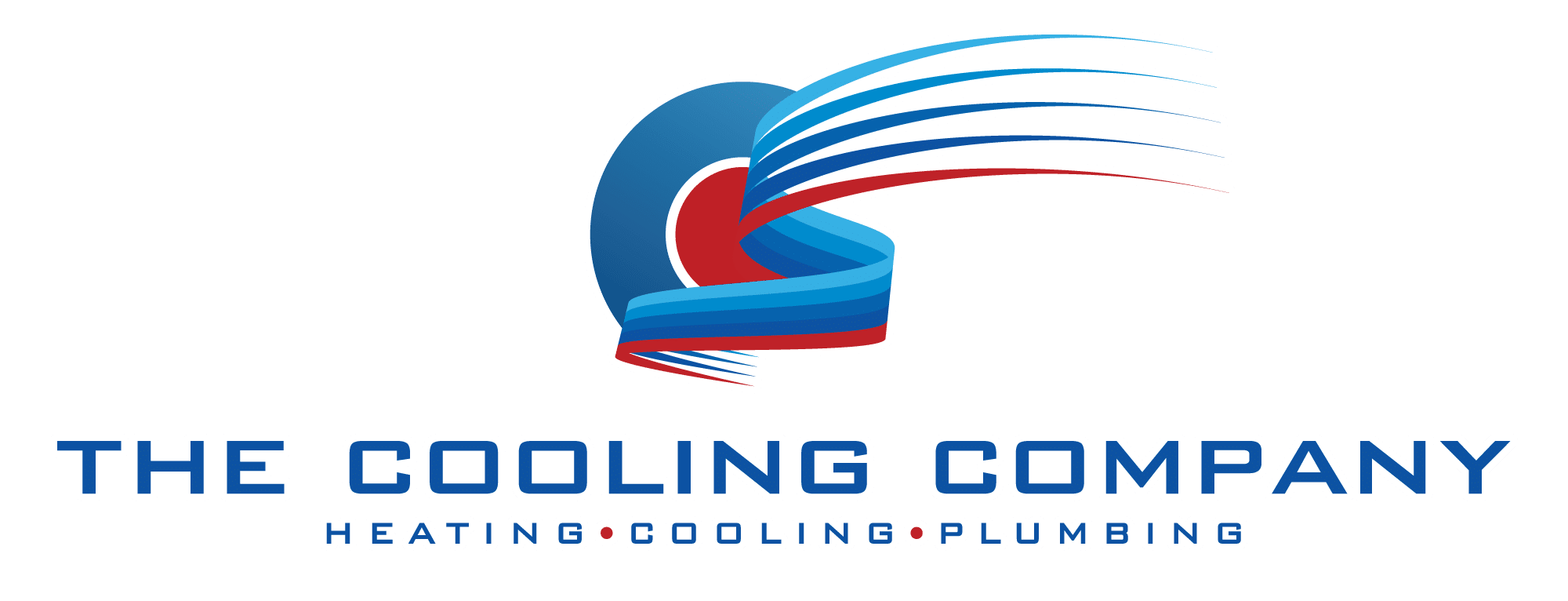Freon® is synonymous with modern cooling. First introduced in the 1930s, this trademarked refrigerant revolutionized how we cool homes, offices, and vehicles—but over time it also became shorthand for a broad family of refrigerants. Today, Freon refers not only to the original chlorofluorocarbons (CFCs) but also to hydrochlorofluorocarbons (HCFCs), hydrofluorocarbons (HFCs), and increasingly, newer low-global-warming blends. Understanding Freon’s evolution is essential for HVAC professionals, building managers, and environmentally conscious homeowners alike.
In this comprehensive guide, we’ll trace Freon’s journey from chemical breakthrough to regulatory target, unpack its thermodynamic role in your air conditioner, assess environmental consequences, and explore the cutting-edge alternatives redefining sustainable cooling. Whether you’re seeking to diagnose a leak, plan a retrofit, or simply learn why R-22 is no longer available, you’ll find expert insights, best practices, and actionable tips woven seamlessly throughout.
Freon Defined: The Chemours Company’s Refrigerant Brand
“Freon” began as a DuPont trademark for its novel CFC refrigerant blends, notably R-12. Its nonflammable, noncorrosive properties and excellent thermodynamic performance led to rapid adoption across refrigeration and air conditioning systems worldwide. In 2015, DuPont spun off its fluorochemical division into the Chemours Company, which inherited and expanded the Freon® portfolio (Chemours Freon® product info).
- Brand vs. Generic: While Chemours retains the Freon trademark, HVAC technicians often use it generically to describe any refrigerant—CFC, HCFC, or HFC—much like “Kleenex” for tissues.
- Product Evolution: Original CFCs (e.g., R-12) gave way to HCFCs (e.g., R-22) in the 1990s. By the 2000s, HFCs (e.g., R-410A) replaced ozone-depleting blends, and today low-GWP HFO/HFC blends are on the rise.
- Industry Lingo: The term stuck not just for marketing, but because early Freon blends dominated the market, making “Freon leak” everyday parlance among HVAC professionals.
Chemical Composition & Types of Refrigerants
Refrigerants work by absorbing heat during evaporation and releasing heat during condensation. Their molecular structures determine key properties like boiling point, pressure, flammability, ODP, and GWP. Here’s how the main classes compare:
CFCs (Chlorofluorocarbons)
- Example: R-12 (CCl₂F₂)
- Properties: Excellent stability, nonflammable, high energy efficiency.
- Environmental Drawback: ODP ≈ 1.0, leading to severe ozone-layer depletion.
HCFCs (Hydrochlorofluorocarbons)
- Example: R-22 (CHClF₂)
- Properties: Reduced ODP (~0.05) compared to CFCs, decent efficiency.
- Drawback: Still contains chlorine, phased out under the Montreal Protocol.
HFCs (Hydrofluorocarbons)
- Example: R-410A (blend of R-32/R-125)
- Properties: Zero ODP, high-pressure operation, robust efficiency.
- Drawback: High GWP (up to 2,088 for R-410A), contributing to climate change.
Phase-change thermodynamics remain at the heart of refrigeration: liquid refrigerant in the evaporator coil vaporizes by absorbing indoor heat, then releases that heat outdoors when it condenses back to liquid in the condenser coil.
How Freon Powers Your Air Conditioning System
Every split-system or packaged AC unit operates on a closed-loop refrigeration cycle. Here’s an in-depth walkthrough of each stage and why system maintenance matters:
- Compression: Low-pressure vapor enters the compressor, where rotating scrolls or pistons compress it, raising temperature and pressure by up to 10× its original value.
- Condensation: The superheated vapor traverses outdoor condenser coils; ambient air or a condenser fan strips away heat, causing the vapor to liquefy at high pressure.
- Expansion: A thermal expansion valve (TXV) or capillary tube meters the high-pressure liquid into the evaporator, abruptly dropping its pressure and temperature.
- Evaporation: The cold liquid sprays across indoor evaporator coils, absorbing heat and humidity from the air—transforming back into vapor and returning to the compressor to start anew.
Optimal performance hinges on correct refrigerant charge, clean filters, and unobstructed airflow. A minor undercharge of 5–10% can increase energy consumption by up to 20% and lead to premature compressor failure. For annual inspections and precision charging, explore our HVAC Maintenance Services.
Environmental Impact: Ozone Depletion & Global Warming
Freon’s legacy is twofold: groundbreaking comfort and unintended environmental harm. Early CFCs unleashed chlorine radicals in the stratosphere, catalyzing ozone destruction. This spurred the international community to act:
- Montreal Protocol (1987): Landmark treaty that phased out 99% of ODP refrigerants worldwide (UNEP Montreal Protocol).
- Ozone Layer Recovery: Satellite data show gradual healing of the ozone hole, thanks to global CFC bans.
- Climate Concerns: HFCs, while ozone-safe, exhibit GWPs 1,000–3,000× that of CO₂. Their rapid adoption in the 2000s underscored a new environmental challenge: global warming.
Modern research focuses on balancing zero ODP with low GWP, leading to HFO/HFC blends, natural refrigerants, and advanced system designs that minimize leaks and energy use.
Regulations & Phase-Out Schedules
Stringent regulations steer the industry toward greener refrigerants and ensure safe handling:
- Montreal Protocol Milestones: CFC phase-out complete in 1996; HCFC phase-out slated by 2030, with specific country-by-country schedules.
- U.S. EPA Section 608: Under the Clean Air Act, technicians must be certified to handle refrigerants. Leak repairs are mandatory within 30 days of a ≥10% charge loss, and recovery of refrigerants during service is required (EPA Section 608).
- AIM Act of 2020: Mandates an 85% reduction in HFC production and consumption by 2036, further accelerating the shift to low-GWP alternatives.
As of January 1, 2025, the production of R-410A for new residential HVAC equipment is banned in the U.S., driving manufacturers toward next-generation refrigerants and prompting many building owners to plan retrofits.
Alternatives & Environmentally Friendly Options
The search for the “perfect” refrigerant has led to three main categories:
Lower-GWP HFO/HFC Blends
- R-454B & R-32: These blends offer 65–75% lower GWP than R-410A while maintaining similar operating pressures and capacities, easing equipment adaptation.
- Advantages: Minimal retrofitting, familiar service protocols.
- Considerations: Mild flammability classifications require updated safety guidelines.
Natural Refrigerants
- CO₂ (R-744): GWP = 1, nonflammable, ultra-stable—but operates at extremely high pressures, necessitating robust system components.
- Propane (R-290): GWP ≈ 3, excellent thermodynamic performance, but flammable—requires intrinsically safe equipment and leak detection safeguards.
- Ammonia (R-717): Zero GWP and ODP, widely used in industrial settings; however, its toxicity limits residential and light-commercial applications.
Selecting the optimal refrigerant demands a holistic assessment of environmental goals, equipment costs, serviceability, and regulatory compliance. For customized recommendations, visit our HVAC Refrigerant Guide.
Detecting & Preventing Freon Leaks
Refrigerant leaks jeopardize system efficiency, safety, and environmental compliance. Early detection and proactive maintenance are key:
Signs of a Leak
- Decrease in cooling capacity or inconsistent temperatures
- Frost or ice formation on suction lines and evaporator coils
- Audible hissing or bubbling near fittings and valves
- Elevated utility bills due to inefficient operation
Detection Methods
- UV Dye Tracing: Introducing tracer dye into the system highlights leak points when illuminated with a UV lamp.
- Electronic Leak Detectors: Highly sensitive “sniffers” can detect refrigerant concentrations as low as 5 ppm.
- Halide Torch Testing: Less common today, involves burning refrigerant vapors to observe flame color changes—primarily for legacy CFC/HCFC systems.
Prevention Best Practices
- Adhere to manufacturer torque specifications for all fittings.
- Replace gaskets, O-rings, and filter driers during routine service.
- Implement annual or biannual leak-check schedules for high-demand systems.
- Maintain proper refrigerant charge and avoid “topping off” without diagnosing root causes.
Freon Safety Protocols & Technician Tips
Handling refrigerants carries risks of frostbite, inhalation hazards, and pressure-related injuries. Follow these guidelines:
- Certification: Only EPA Section 608–certified technicians should recover, recycle, or charge refrigerants.
- Personal Protective Equipment: Always wear nitrile gloves, safety goggles, and ensure adequate ventilation when accessing system components.
- Proper Recovery: Use approved recovery machines and cylinders for refrigerant reclamation; never vent to the atmosphere.
- Disposal & Recycling: Send reclaimed refrigerant to certified reclaimers for purification and reuse, complying with local hazardous waste regulations.
Authenticity & Quality: Avoiding Counterfeit Refrigerants
The market has seen counterfeit or off-spec refrigerants that can damage equipment, void warranties, and violate environmental laws. To safeguard your system:
- Purchase only from Chemours-authorized distributors with verifiable credentials.
- Inspect cylinder labels for AHRI, UL, and DOT certification marks.
- Confirm batch and lot numbers via the manufacturer’s website or QR codes.
- Refuse bulk refrigerant from unknown suppliers—always insist on tamper-evident packaging.
Frequently Asked Questions
Q: Why is R-22 no longer available?
A: R-22 is an HCFC with ozone depletion potential. Under the Montreal Protocol and U.S. EPA mandates, production and import of virgin R-22 ended in 2020, requiring users to convert systems to approved alternatives.
Q: How often should I schedule leak tests?
A: Residential systems should be inspected at least annually. Commercial and industrial systems with high operating hours often require semiannual checks to meet EPA regulations and maintain efficiency.
Q: Can I mix refrigerants?
A: Mixing different refrigerant types can damage system components, alter pressures, and void warranties. Always purge existing refrigerant and recharge only with manufacturer-specified blends.
Q: Are natural refrigerants safe for home use?
A: CO₂ (R-744) and propane (R-290) offer ultra-low GWP. CO₂ requires high-pressure components; propane is mildly flammable. Both demand certified equipment and specialized safety measures.
Conclusion & Call to Action
From its pioneering CFC roots to the era of low-GWP refrigerants, Freon has propelled the HVAC industry forward. Yet its legacy underscores the need for informed choices, regulatory compliance, and proactive system care. To maximize efficiency, minimize environmental impact, and safeguard your equipment, trust our Section 608–certified experts. Call (702) 567-0707 today or contact us online to schedule professional HVAC service, refrigerant leak detection, and eco-friendly system upgrades!



